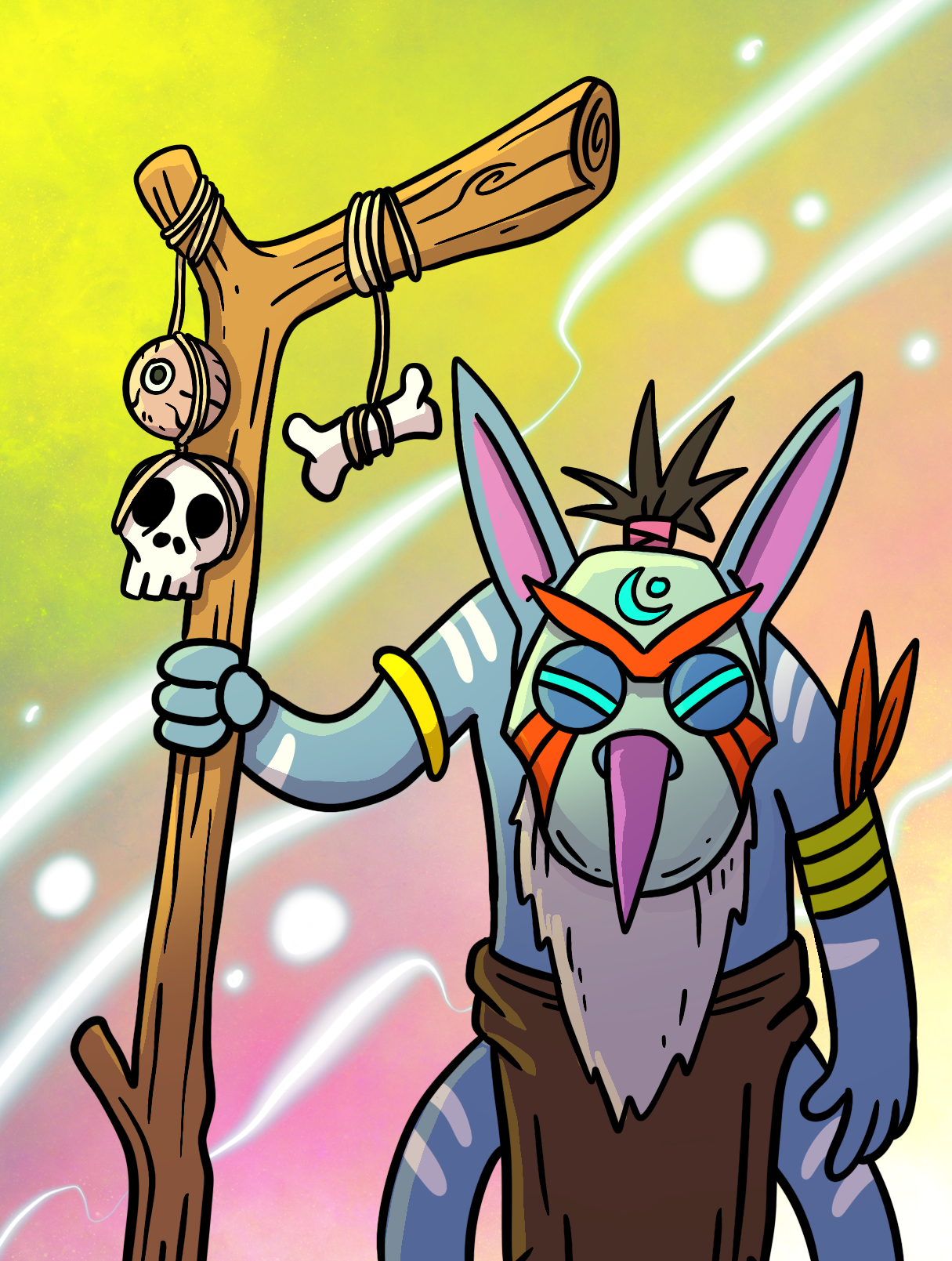1.
The Ritual Chamber:
The shaman’s domain within the Goblin Den is often a dark, secluded
chamber filled with ancient scrolls, magical ingredients, and ominous
symbols. This chamber, often called the Shrine or Sanctum, is where
the shaman performs rituals, communicates with spirits, and crafts
potions or charms. The area is often forbidden to others, as entering
a shaman’s space without permission can result in a curse.
2.
Followers and Apprentices:
Goblin shamans usually have a small group of apprentices or loyal
goblins who assist them in their magical practices. These followers
hope to one day inherit the shaman’s knowledge, though some secretly
plot to take their place through betrayal or theft of magical secrets.
3.
Magical Influence:
A shaman’s influence extends beyond the physical. They often create
protective wards around the Goblin Den, cast curses on enemies, and
perform blood rituals to ensure the tribe’s success in battle. Their
spells are not always reliable, but the fear of what they could do
ensures respect from even the most powerful goblins.
4.
Ceremonies and Festivals:
Shamans lead many of the tribe’s ceremonies, especially during times
of war, famine, or plague. Festivals held in the shaman’s honor are
grim affairs, filled with offerings to dark gods and bloody sacrifices
meant to secure the tribe’s survival or success in raids.
